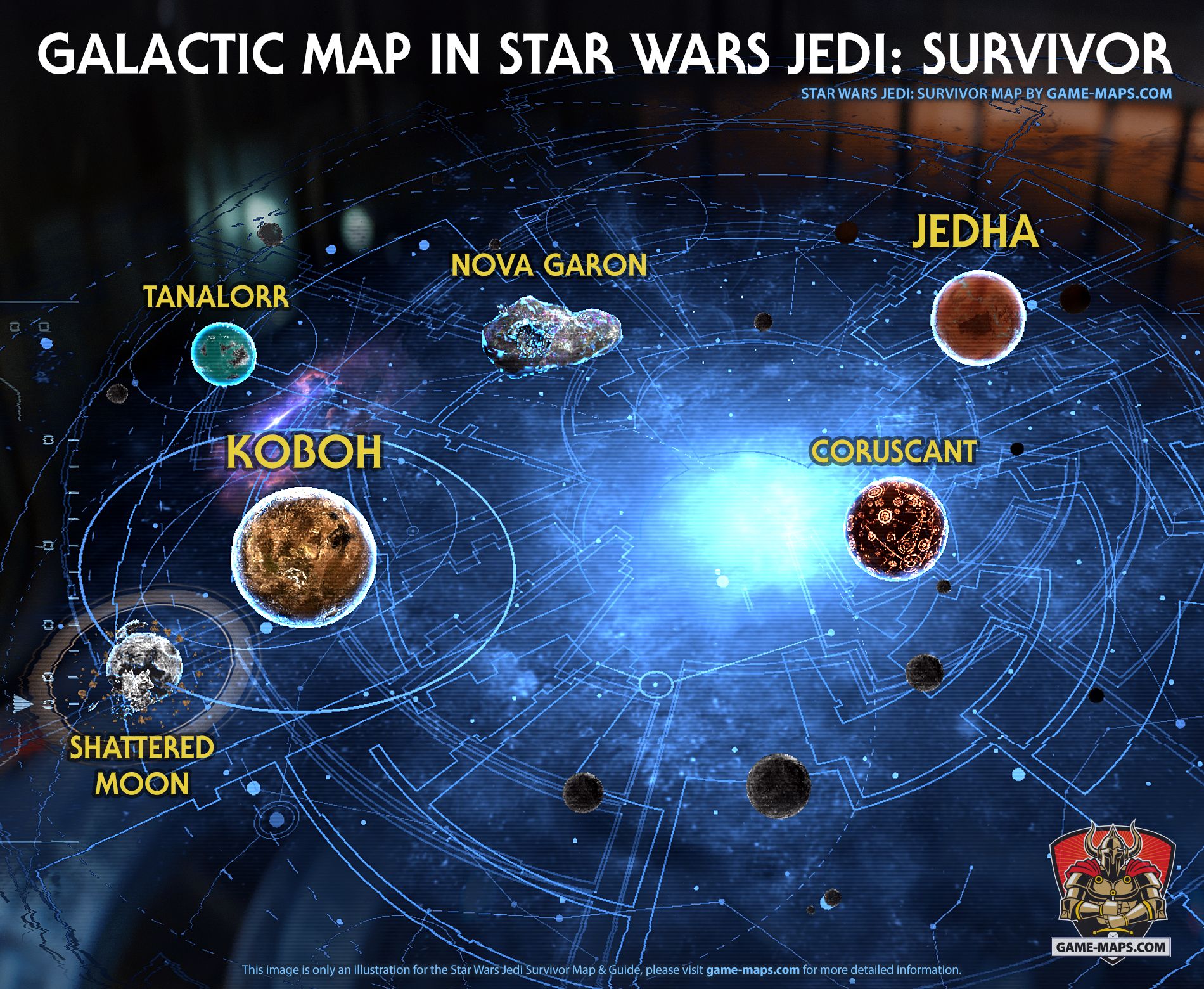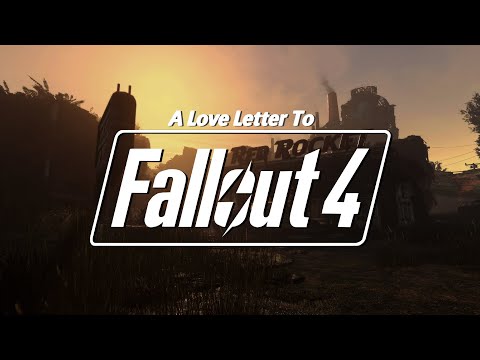When it comes to exploring the vast, sprawling galaxies of our favorite video games, few experiences match the excitement and anticipation of delving into a new world. Star Wars Jedi Survivor promised such an adventure, with its expansive universe brimming with challenges, secrets, and opportunities for exploration. Yet, as many intrepid gamers have discovered, navigating the game’s map can sometimes feel like charting a course through the Kessel Run – fraught with confusion and unexpected obstacles. This sentiment is notably shared by players who have voiced their experiences across various platforms, raising the question: what makes the map in Jedi Survivor a topic of heated debate among its community?
It’s essential to understand the scope of exploration offered in Jedi Survivor.
The game invites players to embark on a journey across two main planets, each huge in their own right, packed with side quests, challenges, and areas ripe for discovery. The potential for exploration seems boundless, with the developers encouraging players to wander off the beaten path and engaging in the galaxy’s hidden stories. However, it is precisely this vastness that has led to a double-edged sword. On one hand, the sheer scale of the worlds promises an enriching experience; on the other, the complexity and design of the map have left many players bewildered and frustrated.
The crux of the issue appears to center around the planet Koboh, a key location in the game that has been described as a pain to maneuver.
Players have reported spending hours attempting to achieve 100% map exploration, only to find themselves stuck at 99.8%, unable to locate the last few unexplored nooks or hidden items. This challenge is compounded by the game’s design, where certain areas are inaccessible without specific abilities or gear, which are unlocked as the story progresses. The introduction of bosses and challenges, varying in difficulty, further complicates navigation, as players may find themselves repeatedly thwarted by powerful foes.
Adding to the complexity, the game incorporates a fast-travel system intended to alleviate some of the navigational burdens.
However, the effectiveness of this feature has been mixed, with some players expressing that it sometimes leads to more confusion, especially when it separates certain sections of the map that cannot be accessed through conventional exploration. Moreover, the necessity to collect items like Priorite Shards or to engage in side activities such as the Holo Tactics game for rewards essential for progression has led to additional layers of complexity. These elements, while enriching the game’s depth, have inadvertently contributed to the map’s navigational challenges.
The community’s response to these frustrations has been diverse, ranging from detailed guides and tips shared on platforms like Reddit and YouTube to discussions about whether the game’s completionist aspects are worth the effort. Some players have resorted to altering their approach, focusing less on achieving 100% exploration and more on enjoying the narrative and main quests. Others, fueled by determination, have painstakingly combed through every sector, seeking out the elusive items and secrets that stand between them and that coveted 100% completion.
The debate over the map in Jedi Survivor is not merely about the difficulty of navigation; it reflects a broader conversation about what players expect from modern video games. Is the challenge of deciphering a complex map part of the appeal, a test of patience and perseverance that rewards the most dedicated explorers? Or does it detract from the overall enjoyment, transforming what should be an exciting journey of discovery into a tedious and frustrating endeavor? As we delve deeper into the heart of this discussion, it’s clear that the map of Jedi Survivor, for all its controversies, has ignited a passionate debate among the game’s community, highlighting the ever-evolving expectations and desires of gamers in an age where the worlds we explore grow larger and more intricate by the day.
Navigating through the cosmic wilderness of Jedi Survivor’s galaxy, especially the planet Koboh, has been a contentious journey for many players. The game, despite being a treasure trove of exploration and adventure, has inadvertently created a maze that tests the limits of patience and perseverance. It’s fascinating to see how the community has come together to share their frustrations, but more importantly, their solutions and hacks to overcome these map-related hurdles. The collective efforts shine a light on the spirit of gaming communities, where challenges morph into collective puzzles to be solved in unity.
The tales of woe and triumph over the game’s map are as varied as they are intriguing.
One player’s saga of being stuck at 99.8% exploration on the planet Koboh, despite scouring every corner and consulting every guide, reflects a common sentiment of bewilderment and determination. This particular challenge seemed like a Sisyphean task to many who ventured to attain that elusive 100% completion, highlighting a critical design choice in the map’s complexity and how it impacts player experience. The situation was further complicated by missing Priorite Shards, essential items that remained hidden, adding layers to the navigational puzzle.
Community members have been ingenious in their approaches to demystifying the map. From sharing detailed walkthroughs and tips on forums and social media to uncovering hidden mechanics like the interaction with the ‘big ass dinosaur-looking thing’ that opens up new pathways, the community’s resourcefulness knows no bounds. These shared experiences and solutions form a tapestry of advice for fellow gamers navigating the same treacherous terrains.
The conversation around the map’s design has also sparked a broader dialogue on game design philosophies, particularly about open-world exploration versus guided storytelling. Some players expressed relief at not having the compulsion for completionism, opting instead to enjoy the narrative and main quests. Meanwhile, others see the map’s complexity as a gauntlet thrown by the developers, a challenge to overcome that brings a unique sense of accomplishment once deciphered.
The map of Jedi Survivor, with all its quirks and conundrums, serves as a fascinating study in player engagement and game design. It has united players in shared frustration but also in collaborative problem-solving, highlighting the communal aspect of gaming. As the conversation continues, it’s evident that the map, for better or worse, has carved its niche in the annals of gaming lore, provoking discussions that will resonate with players long after they’ve navigated the last unexplored corner of the galaxy.
Related posts:
How long is Star Wars Jedi Survivor?
Star Wars Jedi: Survivor review – hit-and-miss action with the warmest of hearts | Eurogamer.net





